How can smart contact lenses monitor and treat eye conditions?
Futurum
OCTOBER 4, 2022
At Purdue University , Dr Chi Hwan Lee is using his skills as a biomedical engineer to develop smart contact lenses that can both monitor the condition and deliver drugs to combat it. TALK LIKE A BIOMEDICAL ENGINEER. FIELD OF RESEARCH : Biomedical Engineering. ABOUT BIOMEDICAL ENGINEERING.

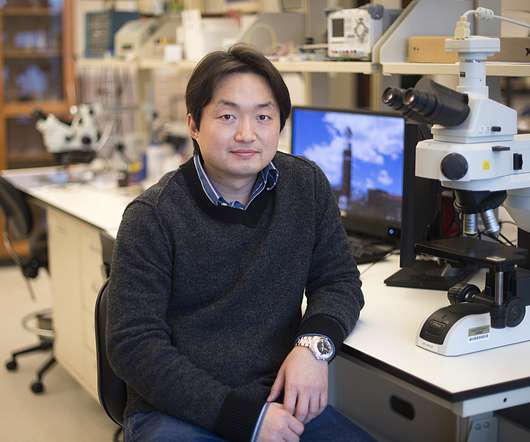
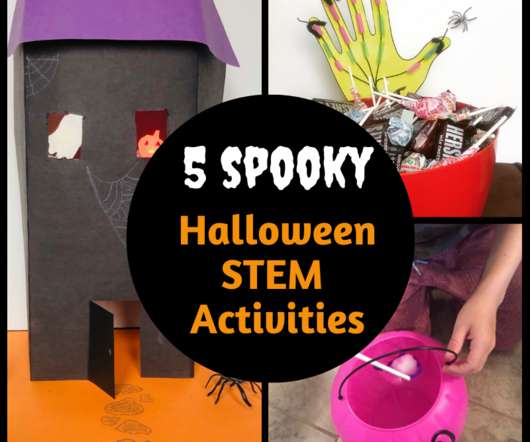
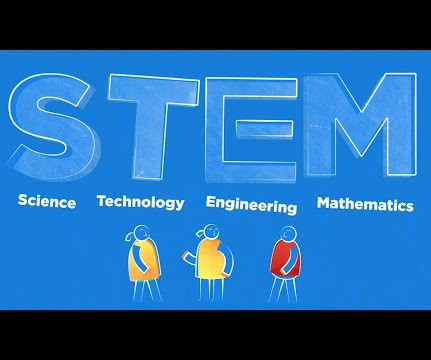
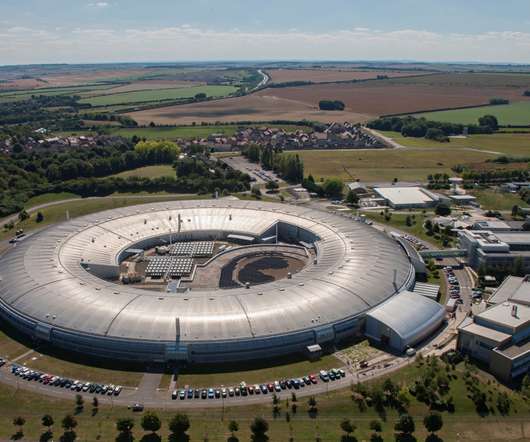

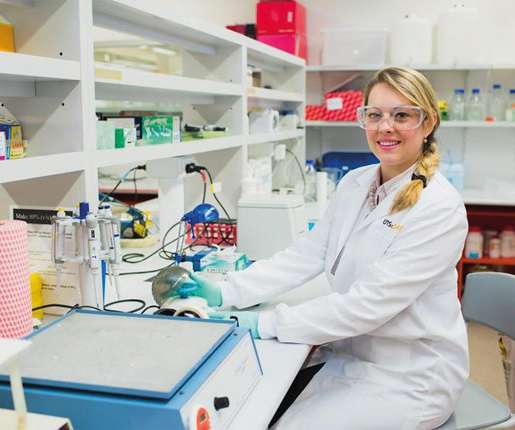






Let's personalize your content